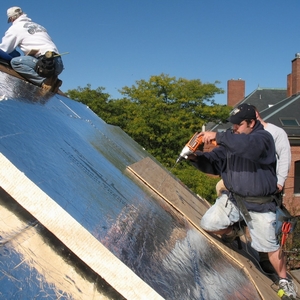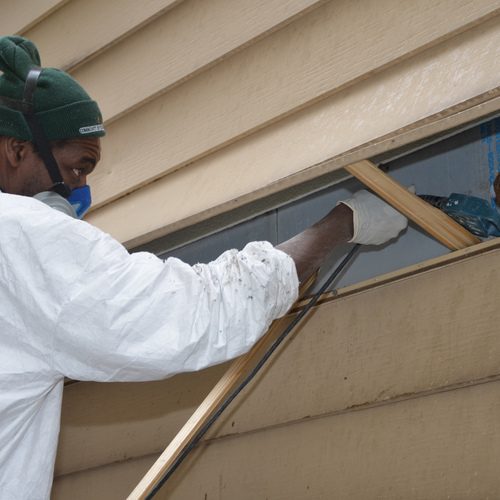
Clean energy employment in the U.S. showed a gain of more than 106,000 jobs in June, but a half-million workers remain off the job even as the national economy begins to reopen, a market research company found.
“We are relieved that after months of persistent job declines, some clean energy employees were able to return to work in June,” the report from BW Research Partnership said. “While the top line number is an improvement for this month, we are concerned over the remaining high level of unemployment in the sector and by several underlying trends in the most recent jobs reports.”
A July 2 employment report showed that 4.8 million new jobs had been created in the period beginning in mid May and extending through June. Many states dropped their restrictions on construction, professional services and manufacturing—all key to the clean energy sector. But only about one in six clean energy jobs that had been lost after the start of the coronavirus pandemic in March had been filled again.
Clean energy jobs (solar, wind, energy efficiency, and related industries) grew by less than 3.5% in most states, and no state saw a gain of more than 6.7%. The new spread of Covid-19 in some parts of the country is forcing officials to put reopening plans on hold, which will inevitably mean fewer jobs in the field.
The report was commissioned by three advocacy groups: E2, E4TheFuture, and the American Council on Renewable Energy.
Unemployment claims have risen
Prior to March, the one-week claims record was about 700,000. But that has gone up to about 1.4 million a week, even as many states tried to get their economies back on track. What were first classed as temporary job losses are showing signs of becoming permanent. Further, the report envisions new layoffs as companies that received help under the Paycheck Protection Program see their benefits near an end. The report estimated that as many as 2.3 million workers in the clean energy sector are employed by companies that got help with PPP loans.
“As most of those funds have been exhausted on salaries over the last few months, we anticipate increasing layoffs at small clean energy businesses over the coming months,” the report says.
The report also makes these points:
- The biggest June gains were in the energy efficiency field, which showed 71,800 new jobs, an increase of about 4%. This area, however, has shown 360,000 job losses, which is about 15% of its total workforce.
- There were 17,300 new jobs in the renewable electric power area, representing a gain of about 3.5%. More than 82,000 (14% of the total workforce) remain off the job.
- Clean vehicles won back 5% of its workforce, or 10,300 jobs, but more than 38,000 workers were still out of work.
Industry asks for more help
Meanwhile, the Solar Energy Industries Association said that nearly 650 solar companies had signed a letter to Congress asking for continued federal tax credits for solar investments and to support efforts to use clean energy as a means to rebuild the economy.
“The COVID-19 crisis is having a devastating and acute impact on the solar industry,” the July 13 letter said. “This spring, 72,000 Americans lost their solar jobs and 80% of projects were either delayed or cancelled. These issues stem from a severe drop off in customer demand, supply chain challenges and shelter-in-place orders that altered sales practices, prevented installation, and put a standstill to some permitting and inspection operations. ”
Financing is the biggest challenge for the industry, prompting calls for a continuation of the Investment Tax Credit and a direct-pay option that would make it easier for solar companies to find the capital they need.
The tax credit, which had been 30%, began to fall this year. It will drop to 10% in 2022 for commercial and utility-scale projects. Tax credits will drop to zero for residential projects.
“The step-down schedule didn’t factor in a public health crisis and pushing back the phase down schedule to account for this period of lost time is needed to put solar companies in a position to lead economic recovery,” the letter says.
Scott Gibson is a contributing writer at Green Building Advisor and Fine Homebuilding magazine.
Weekly Newsletter
Get building science and energy efficiency advice, plus special offers, in your inbox.















0 Comments
Log in or create an account to post a comment.
Sign up Log in